The accounts of ECB’s September 7-8 monetary policy meeting showed that a “very large number” of committee members expressed a preference for a 75bps hike, which was “a proportionate response” to upward revisions to inflation outlook and an important signal of the determination to bring inflation back to target in a “timely manner”.
But “some members” preferred a 50bps hike as that would be “large enough to signal determination in proceeding with the interest rate normalization”. With the “looming risk of a recession”, a 50bps hike as part of a “sustained path towards more neutral rate levels” might prove “sufficient” to return inflation to target. “What needed to be addressed was the risk of the sharp rise in inflation, exacerbated by the war, destabilizing inflation expectations,” the account noted.
But add the end, all members joined a consensus for the 75bps hike, while maintain that policy should “not follow a pre-set path”, and be set on a “meeting-by-meeting basis.




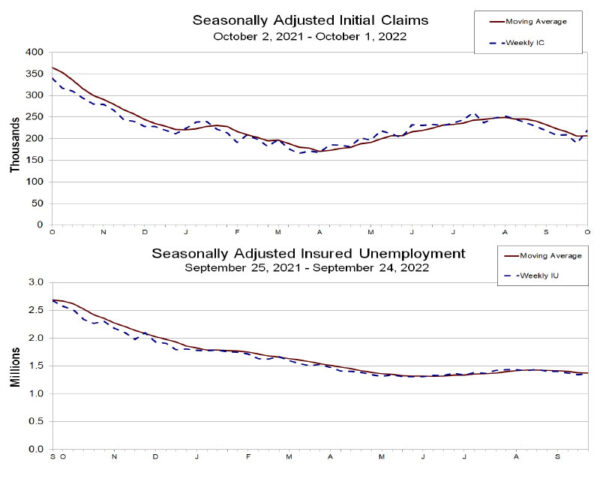
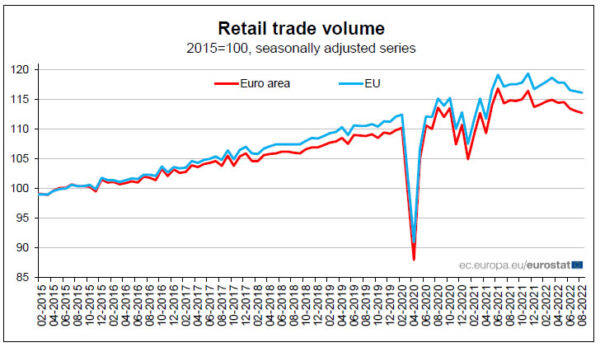
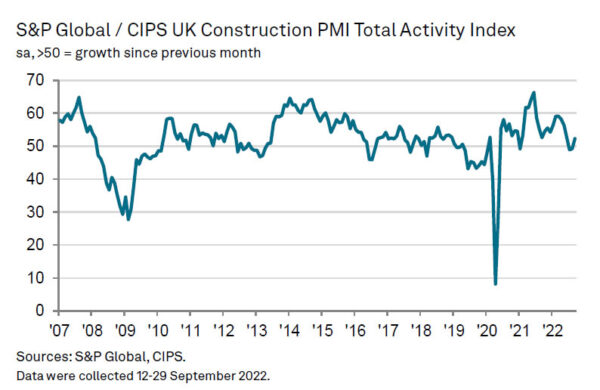
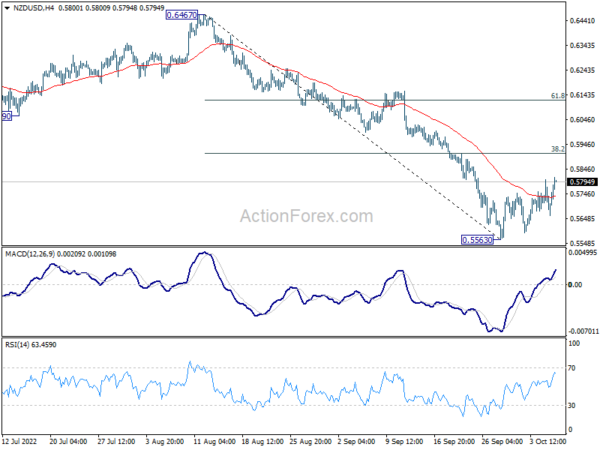
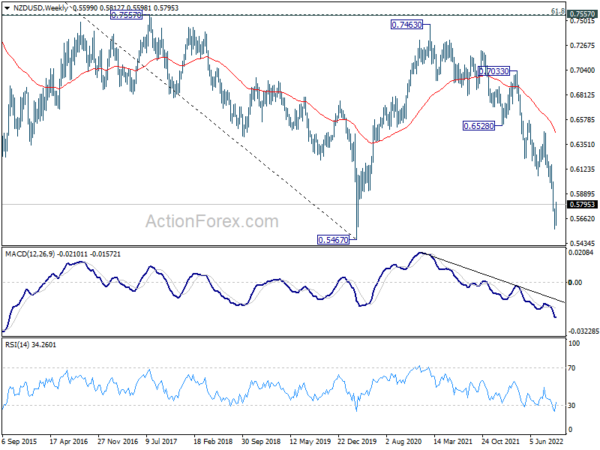
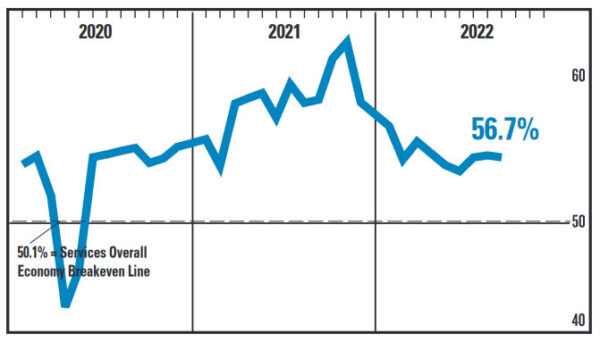
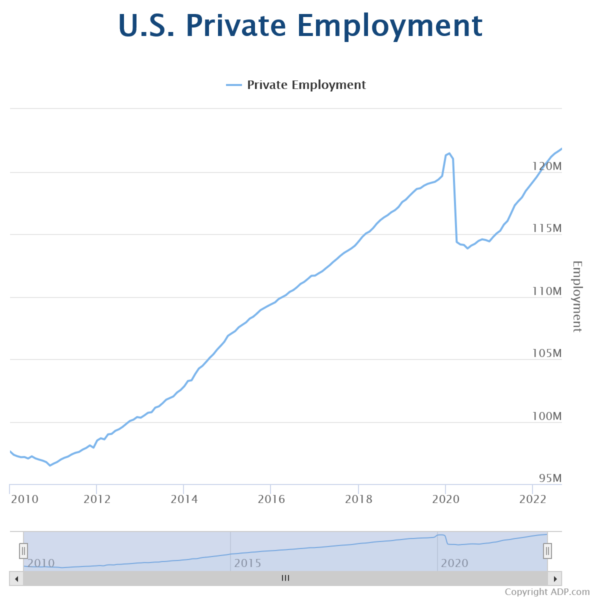
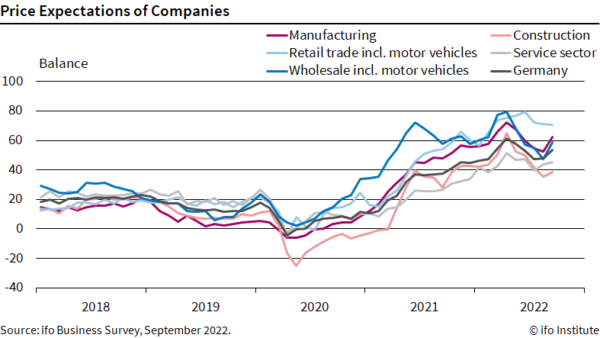
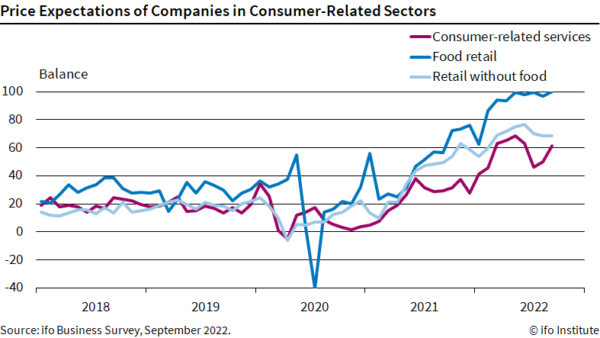
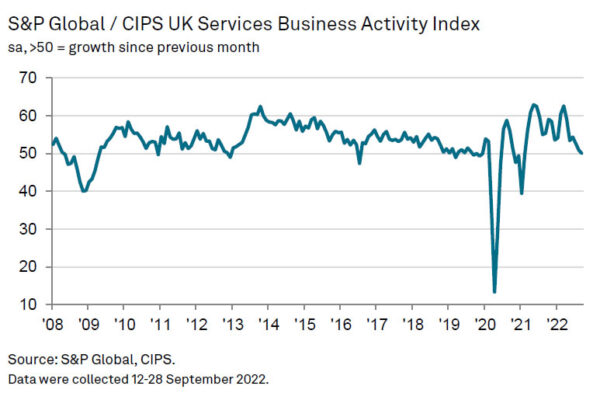
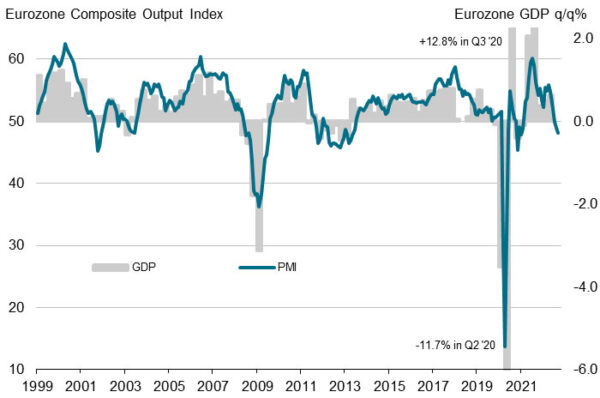
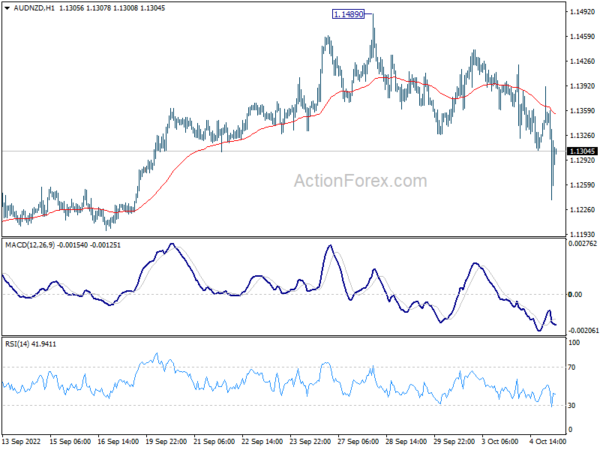
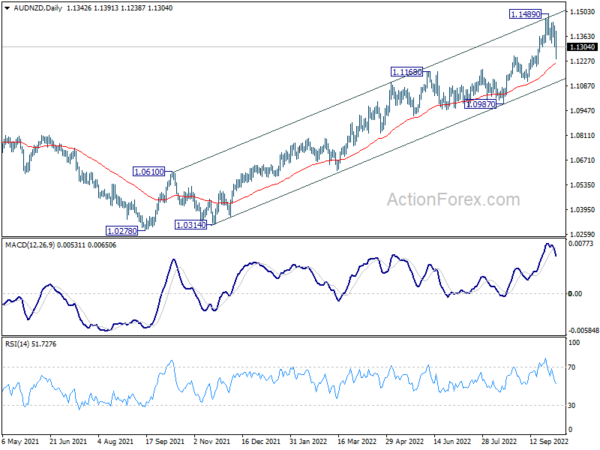
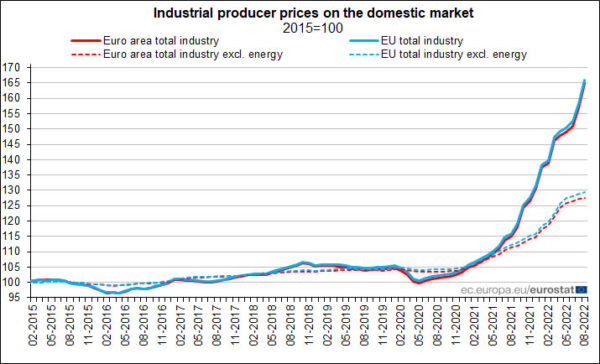
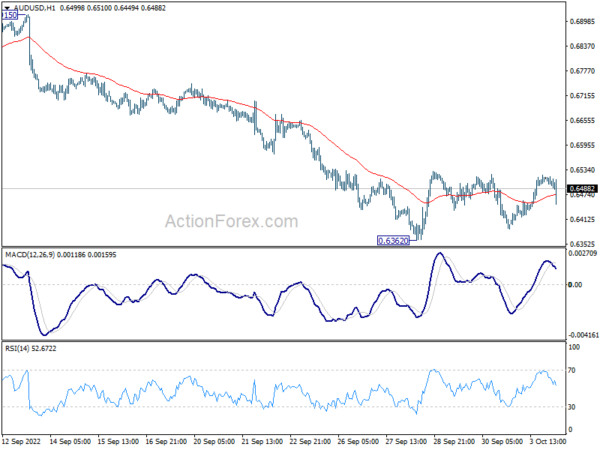

Fed Kashkari: We’re quite a ways away from a pause
Minneapolis Fed President Neel Kashkari said, “Until I see some evidence that underlying inflation has solidly peaked and is hopefully headed back down, I’m not ready to declare a pause. I think we’re quite a ways away from a pause.”
“I fully expect that there are going to be some losses and there are going to be some failures around the global economy as we transition to a higher-interest rate environment, and that’s the nature of capitalism,” Kashkari said.
“We need to keep our eyes open for risks that could be destabilizing for the American economy as a whole. But to me, the bar to actually shifting our stance on policy is very high,” he said. “It should not be up to the Federal Reserve or the American taxpayer to bail people out.”